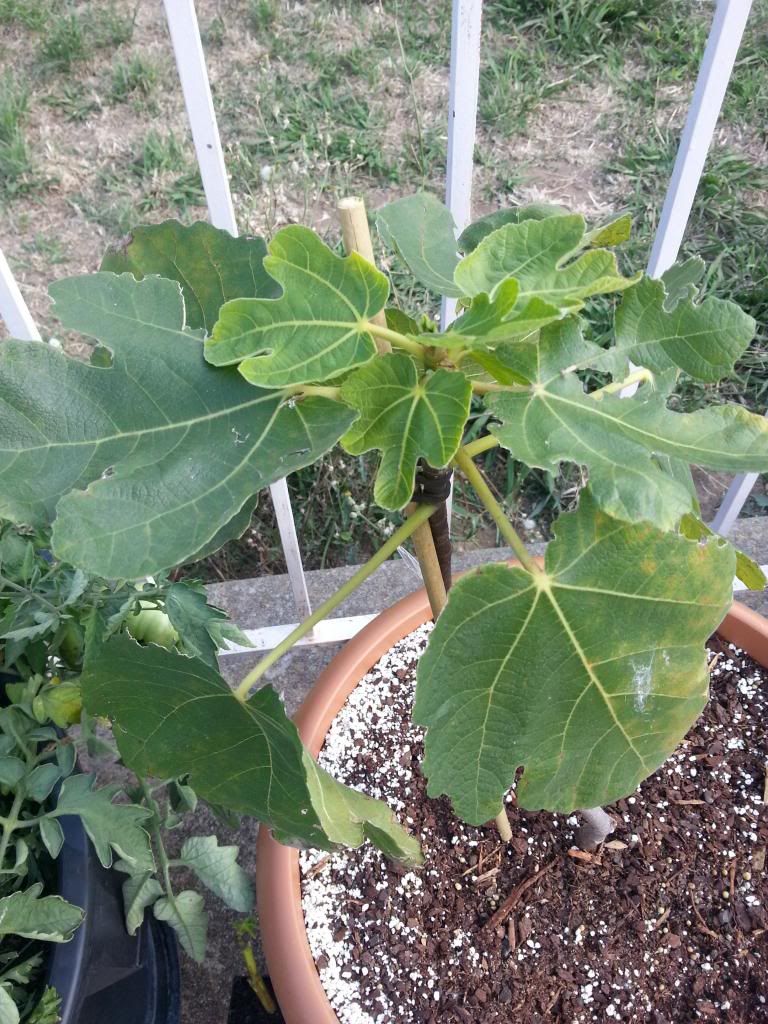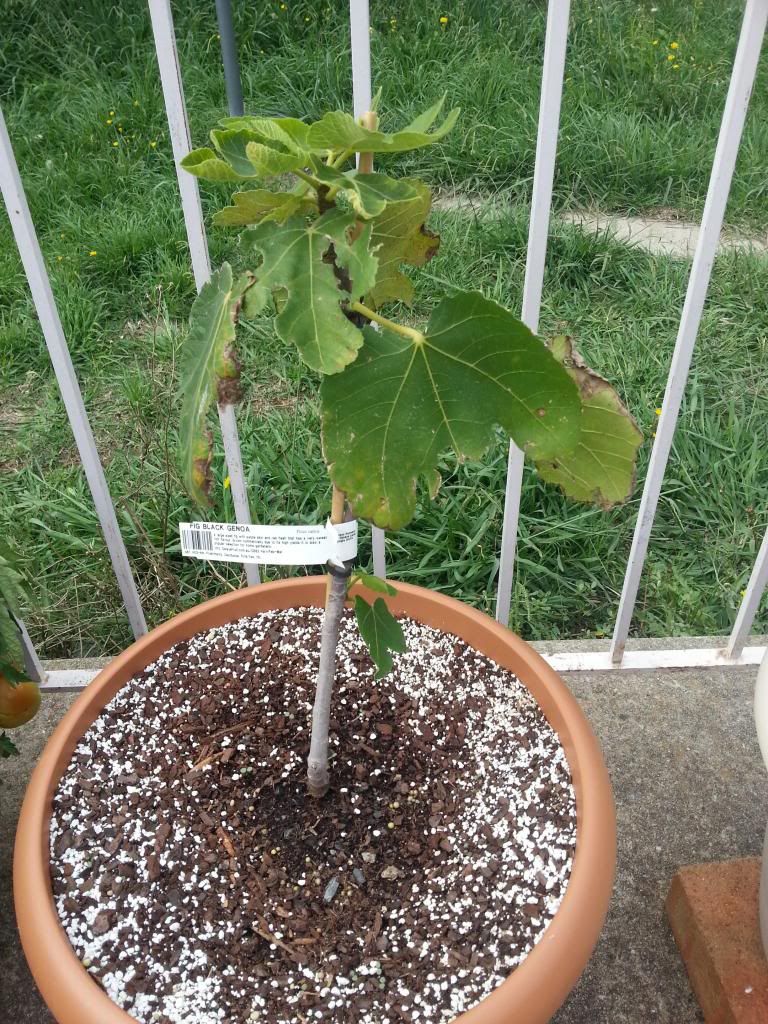After a long absence, I'm back!
Well the past few months have been hectic. Am in a brand new house, with literally NO garden, just hard slate-filled ground, had the birth of brand new twins back in February and have generally just been tied up!
I hope to add something every month or so, having a yard that is so small compared to my last, and having difficult soil conditions to work means it takes a whole lot of effort to motivate yourself to get out there and start work.
Plus things being held up with a building dispute, so yay for that.
I thought I would post today about a plant I have a heap of interest in, synsepalum dulcificum otherwise known as Miracle fruit.
Miracle fruit - an amazing plant with amazing properties!
So for those of you who have never heard of the miracle fruit, here is the run down.It is a tropical plant originally from tropical West Africa. It is normally a smallish to medium sized plant, up to about 1.5 - 2 meters high, although in its natural habitat can reach up to 5 meters tall.
It is an evergreen plant that grows smallish red berries, with a mild sweet taste.
What is remarkable about this plant though is not the berries or look of the plant, but rather the effect of eating the berries. See a picture from wikipedia below of the berries (mine are still waiting to produce their first!).
 |
| Courtesy of Wikipedia |
Miracle fruit turns sour foods sweet!
Yes you read that right. By eating the berries of the miracle fruit, previously sour foods such as lemons or even vinegar become not only drinkable, but delicious. Within the berries is a substance named miraculum, it binds to the taste buds in your tongue and gives this amazing effect.
Lemons are reported to taste like sweet lemonade, vinegar like a sweet delicious liquid.
It also apparently has the effect of limiting the taste of bitter foods as well.
The miracle fruit has been investigated as a way to help diabetics, and to assist dieters to eat foods that are sweet, without having to pack on the calories that comes with sugar.
Miracle fruit is sometimes tricky to grow.
In Canberra the climate is about as far as possible from the native West African climate that miracle fruit enjoy.
In its natural environment the miracle fruit grows in warm humid conditions, in sunlight filtered through a tropical canopy.
It is slow growing, and will not tolerate cold.
I got the first of my miracle fruit almost a year today, back in September 2012.
A few months later however, and I had only gone backwards. Miracle fruit it seems, hate too much direct sunlight, and after only an hour or so in the sun, both my plants dropped leaves, and then sat sulking for many months.
Miracle fruit CAN be successfully grown in Canberra!
I purchased five different plants because I was so sure I would kill them. Today, after a little trial and error at the beginning they are all still here with me today.
It turns out they make great indoor plants.
Here is what you need to grow miracle fruit successfully indoors in Canberra.
- Acidic soil. Miracle fruit need acidic soil much like blueberries. Without this, they will become chloriotic and die. If you read through forums regarding growing these fruit, many people will say they need filtered or distilled water. I have found this not to be the case, but the water must be acidified. I use the same sulfuric acid for my blueberries, and you can see my previous posts on this.
- Warmth. My house has been set at a constant 22o C all winter with central gas heating. I have some of the plants directly under a vent, though I angle the vents so that hot dry air is not blowing directly on the plant.
- Do not ever let miracle fruit dry out, it will be the end.
- Lots of sunlight BUT only through a window. In direct September sun in Canberra I just about totally defoliated a plant in an hour, and lost about a quarter of my other plants leaves.Perhaps I introduced them too quickly after being shipped in a dark box, I originally thought. Nope, a second plant I received in November, I made the exact same mistake. Lots of direct light through a window, however they seem to love. In fact, since moving to my new house, with an aspect that allows for 3-4 hours good quality direct sun through the window, they have taken off.
- Limit fertiliser. Too much fertiliser is reported to kill miracle fruit. I use half of the tiny scoop that comes with acid loving miracle grow, in a 4L watering can, and divide it amongst all my plants. Once I burnt the tips of the leaves of a couple of my plants, by having a little too much fertiliser. You can see this in some of the photos below.
- Humidity. This one is contentious. At times, I have had humidifiers running right next to my plants, to replicate the humidity they reportedly love. They did seem to appreciate it, however, after not running the humidifiers for a months and seeing quick growth, with no ill effect, I am starting to think it was coincidence. We do however spend a lot of time boiling babies bottles, so perhaps that amount of water in the air is enough.
Today my plants are looking great, and I hope that within a few months I may get a berry or two to test the effects in person!
 |
| Leaf burn on tips from too much fertiliser one time |






























